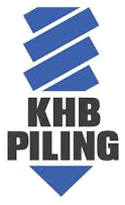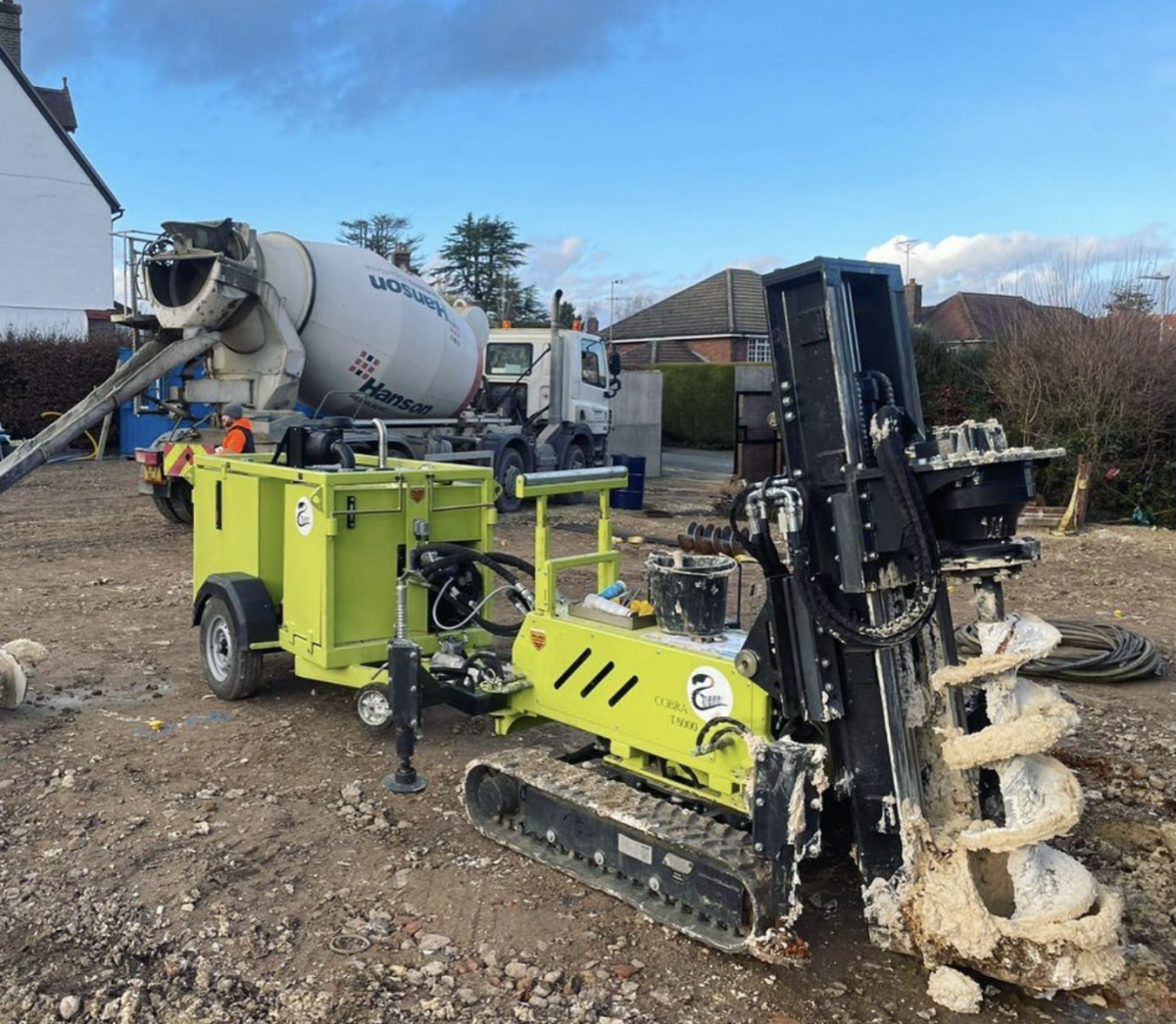Piling, an integral aspect of modern construction, has a storied history that spans centuries. From ancient foundations to the sophisticated mini piling techniques employed in London today, the evolution of piling reflects advancements in engineering and technology, mirroring humanity’s architectural ambitions. This blog post delves into the fascinating progression of piling methods, highlighting key milestones and the role of innovation in shaping the landscape of construction.
The Ancient Origins
The inception of piling can be traced back to prehistoric times when early humans used wooden stakes to stabilise structures against flooding. Historical records from the Roman Empire illustrate the use of timber pilings under bridges and aqueducts, demonstrating early engineering prowess. Notably, the Romans’ construction of the pile-supported foundations for the Pont du Gard in France stands as a testament to the durability of these ancient techniques.
The Industrial Revolution: A Catalyst for Change
The 18th and 19th centuries marked a pivotal era in piling’s evolution, driven by the Industrial Revolution. The introduction of steam-powered equipment enabled deeper and more robust foundations, facilitating the construction of unprecedented structures, including the iconic Eiffel Tower in Paris. This period also saw the advent of screw piles, invented by Irish engineer Alexander Mitchell, revolutionising the construction of lighthouses and piers.
The 20th Century: Technological Advances
The 20th century heralded significant technological advancements in piling, with the development of concrete and steel piles enhancing the strength and longevity of foundations. The introduction of rotary auger and continuous flight auger (CFA) piling in the latter half of the century allowed for quicker, more efficient foundation solutions, significantly impacting urban development and high-rise construction.
The Rise of Mini Piling in London
In recent decades, the bustling metropolis of London, with its complex ground conditions and densely populated urban areas, has seen the rise of mini piling. Mini piling, characterised by the use of smaller rigs and equipment, has become the go-to solution for projects with limited access or those situated in close proximity to existing structures. This technique offers a less intrusive, environmentally friendly alternative to traditional methods, catering to the unique challenges of modern urban construction.
KHB Piling: At the Forefront of Innovation
KHB Piling, with its rich heritage and commitment to excellence, has been at the forefront of the piling evolution, specialising in a wide range of piling services, including rotary auger bored piling, CFA, mini/micro piling, and more. Our approach, underpinned by integrity, honesty, and a dedication to client satisfaction, ensures that each project benefits from a bespoke, innovative solution. With a decade of expertise, our project managers navigate the complexities of construction, from initial site evaluation to the final stages, with precision and care.
Looking to the Future
The evolution of piling continues unabated, with ongoing research and development focusing on sustainable materials, improved methodologies, and automation. As we look to the future, the industry is poised to embrace greener construction practices, further reducing the environmental impact of piling and foundation works.
Piling has come a long way from its humble beginnings, growing in complexity and efficiency to meet the demands of modern construction. KHB Piling is proud to contribute to this legacy, ensuring that the structures of today are built on the solid foundations of tomorrow. Whether it’s a bespoke residential project or a large-scale commercial development, our commitment to pioneering piling solutions stands unwavering.
For those embarking on construction ventures in London or beyond, KHB Piling offers the expertise and innovation to ensure your project’s foundation is as strong as the structure it supports. Let us be part of your journey, crafting the foundations that future generations will stand upon.


